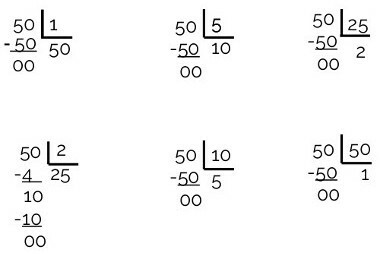Example: Add the scientific notations below:
The) 1,2. 10 2 + 11,5. 102 = (1, 2 + 11. 5). 102 = 12,7. 102 = 1,27.103
B) 0,23. 10-3 + 0,4. 10-3 = (0,23 + 0,4). 10-3 = 0,63. 10-3 = 6,3.10-4
ç) 200 + 3,5. 102 = 2. 102 + 3,5. 102 = (2 + 3,5). 102 = 5,5. 102 → In this example, we had to transform 200 to 2. By doing this, we get the same order of magnitude for the two scientific notations.
Do not stop now... There's more after the advertising ;)
Example: Get the results of the subtractions below:
The) 34,567. 103 – 5,6. 103 = (34,567 – 5,6). 103 = 28,967. 103 = 2,8967. 104
B) 1,14. 10-2 – 0,26. 10-2 = (1,14 – 0.26). 10-2 = 0,88. 10-2 = 8,8. 10-3
ç) 25,4. 102 – 12,3. 103 = 25,4. 102 – 123. 102 = (25,4 – 123). 102 = – 97,6. 102 = – 9,76. 103 → We had to transform 12.3 to 123 because the order of magnitude chosen for base ten was number 2.
Composition of decimal logarithms.
Learn to use the sign game to find the sign of the result of a multiplication or addition and expand this concept to other operations.
Logarithm, Base change, Logarithm operating properties, Logarithm properties, Logarithm existence condition, Base, Logarithm base, Logarithm, Logarithm elements.
Can you perform base 10 powers? Learn tips for calculating these powers.


